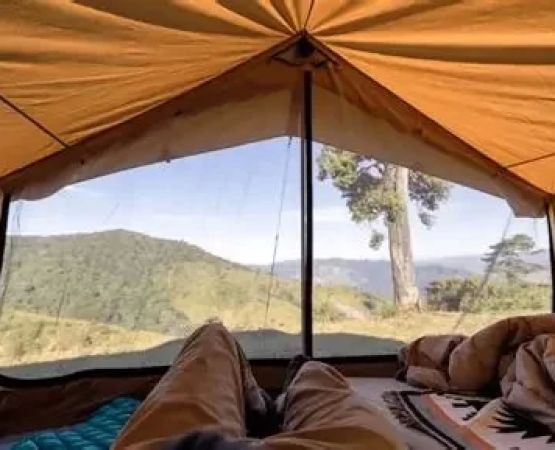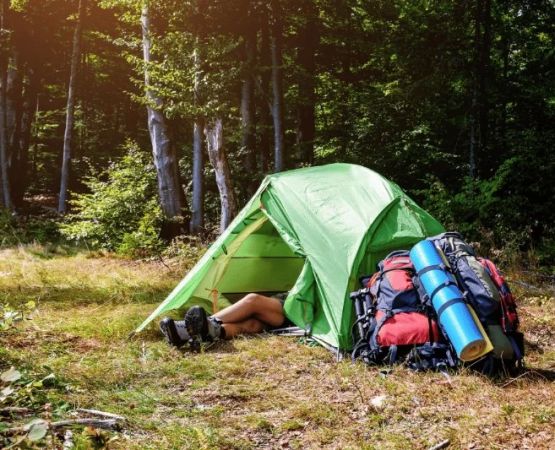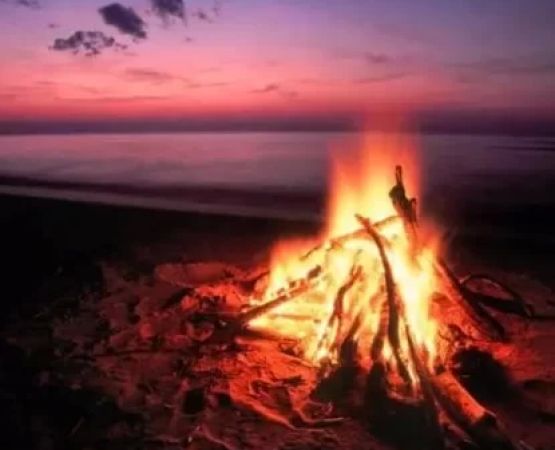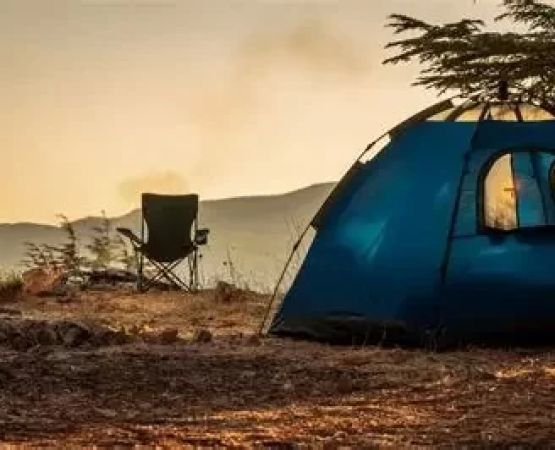Eco-Friendly Camping in Forests and Protected Areas
There’s something magical about camping in the great outdoors—whether it’s the fresh air, the sound of birds chirping, or the serenity of the wilderness. Over the years, I've had the opportunity to camp in several forests and protected areas, and one thing I’ve come to realize is that our actions while camping have a huge impact on the environment. That's why eco-friendly camping has become such a passion of mine. With a little thought and planning, we can all enjoy nature without leaving a trace behind. Here are some of the best practices I’ve learned for eco-friendly camping that allow me to connect with nature while preserving its beauty for future generations.
1. Choose Eco-Conscious Campsites
Before you even pack your gear, it’s essential to choose an eco-conscious campsite. Many national parks, forests, and protected areas offer campsites that are specifically designed with sustainability in mind. I’ve found that these sites usually have guidelines in place to protect the environment, such as restricting the use of campfires in certain areas or offering composting toilets to reduce waste.
When selecting a campsite, I always look for places that are designated for camping to minimize the damage to the natural environment. These sites are often located in areas that are already disturbed, reducing the need to trample on undisturbed natural landscapes. Additionally, I choose sites that are close to existing trails or water sources to avoid creating new paths or disrupting wildlife habitats.
2. Practice Leave No Trace Principles
One of the cornerstones of eco-friendly camping is practicing the Leave No Trace (LNT) principles. These principles are designed to minimize human impact on the environment, and I’ve found them to be essential for anyone who wants to camp sustainably. Here are the seven core principles of Leave No Trace that I follow:
- Plan Ahead and Prepare: Proper planning ensures that I pack the right gear, avoid overcrowded areas, and reduce unnecessary waste.
- Travel and Camp on Durable Surfaces: I always camp on established sites or durable surfaces, like gravel or bare ground, to minimize impact.
- Dispose of Waste Properly: I bring bags to pack out trash and waste, and when I can, I use eco-friendly biodegradable soap.
- Leave What You Find: I avoid disturbing plants, rocks, and historical or cultural sites, leaving them as I found them for others to enjoy.
- Minimize Campfire Impact: When fires are permitted, I use established fire rings and collect only dead and down wood. In many cases, I prefer using a camp stove instead to reduce impact on the surrounding area.
- Respect Wildlife: I observe wildlife from a distance and never feed animals, as this can alter their behavior and lead to dangerous situations.
- Be Considerate of Other Visitors: I make sure to keep noise levels down and be mindful of others who are enjoying the same natural space.
3. Use Sustainable Camping Gear
The gear I choose for camping also plays a significant role in reducing my environmental footprint. In recent years, I’ve focused on purchasing eco-friendly gear made from sustainable materials. For example, instead of plastic water bottles, I use a refillable stainless steel bottle, which I refill at water stations or nearby streams that I filter for purity. It’s small changes like this that can make a big difference over time.
Here are some other sustainable gear choices I’ve made:
- Solar-powered lights: Instead of using disposable batteries, I use solar-powered lanterns and flashlights, which are both eco-friendly and practical.
- Reusable food containers: I bring my food in reusable containers to minimize plastic waste.
- Eco-friendly sleeping bags and tents: These are often made with organic or recycled materials, reducing my carbon footprint while keeping me comfortable in the wild.
- Biodegradable soap: I make sure to use soap that won’t harm the environment when it enters the water system.
4. Reduce Your Carbon Footprint
Traveling to a remote campsite can sometimes involve long drives or flights, but there are several ways I’ve found to reduce my carbon footprint while camping. If possible, I opt for nearby campgrounds or accessible locations that don’t require excessive travel. Carpooling with friends or using public transportation is another great way to reduce emissions.
When I do drive, I ensure my vehicle is well-maintained to maximize fuel efficiency. Additionally, I often combine camping trips with other outdoor activities like hiking or biking to reduce the number of short trips I take. If I’m flying to a camping destination, I make sure to offset my carbon emissions through programs that invest in renewable energy and forest conservation projects.
5. Protect Water Sources
Water conservation and protection are incredibly important when camping in forests and protected areas. Over the years, I’ve become more conscious of how my actions can affect water quality. When camping near lakes or rivers, I ensure that I stay at least 200 feet away from the water to avoid disturbing riparian ecosystems.
Another key practice I follow is filtering water from natural sources rather than using single-use plastic bottles. There are several lightweight and portable water filters available that allow me to drink directly from streams and lakes without polluting the water source. It’s also important to dispose of wastewater properly by carrying it out when necessary or using designated waste disposal areas.
6. Be Mindful of Firewood
One of the most exciting parts of camping is sitting around a campfire, but it’s essential to be mindful of how firewood is sourced. In the past, I’ve learned that cutting down live trees or gathering wood from a forested area can have detrimental effects on local ecosystems. To prevent this, I now only use deadwood that I find on the ground, or I purchase firewood from a local vendor to reduce the risk of spreading invasive species.
In some areas, firewood transportation is regulated to protect native forests from pests and diseases. I make sure to follow all guidelines and use firewood only from the area surrounding the campsite or as recommended by local regulations.
7. Support Conservation Efforts
Lastly, I always make sure to support local conservation efforts whenever possible. Many national parks and protected areas have volunteer programs or donation opportunities that help preserve these beautiful places for future generations. By contributing my time or resources, I feel like I’m doing my part to ensure these natural wonders remain untouched by future generations of campers.
Some organizations also offer educational programs about the flora and fauna in protected areas, which has enriched my experience and deepened my appreciation for the environment. I encourage fellow campers to learn about the local ecosystems they’re visiting and contribute to the preservation of these sacred spaces.






